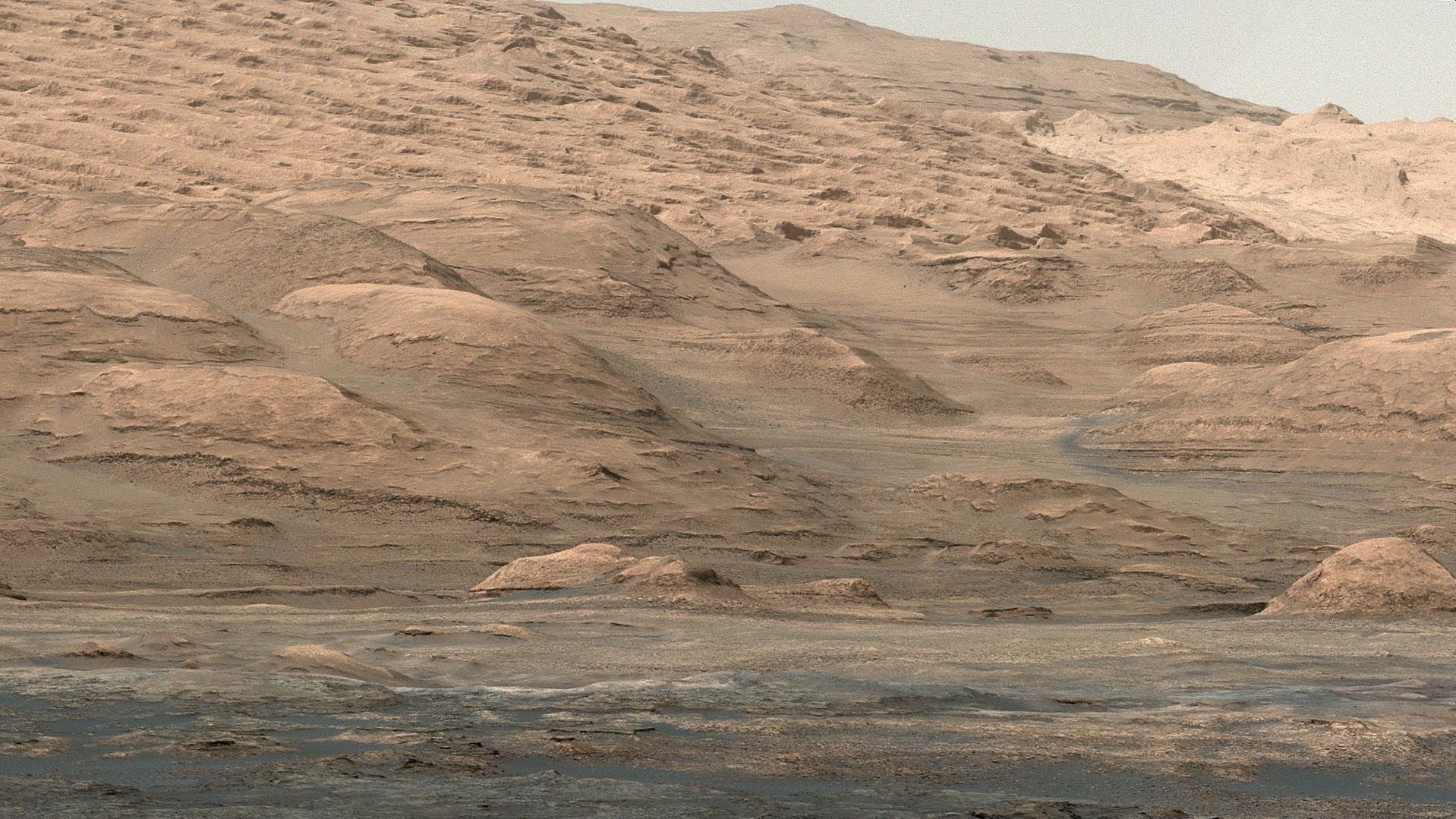100 people will vie for the 24 spots on the one-way mission to Mars
Mars One, the Dutch organization that hopes to one day establish a human colony on Mars, has narrowed its volunteer pool down from 200,000 to just 100—50 men and 50 women. For the lucky 24 who are ultimately selected to be the first human beings to touch Martian soil, there will be no return journey.


Mars One, the Dutch organization that hopes to one day establish a human colony on Mars, has narrowed its volunteer pool down from 200,000 to just 100—50 men and 50 women. For the lucky 24 who are ultimately selected to be the first human beings to touch Martian soil, there will be no return journey.
The 100 finalists come from all over the globe: 39 from the Americas, 31 from Europe, 16 from Asia, seven from Africa, and seven from Oceania. Eight are 21 or younger, and the oldest is 60. There is no typical candidate; they range from physicists to doctors to chefs to software developers. The 100 were selected from a previous round of 660 candidates after being interviewed by the Mars One chief medical officer.
While they surely know the stakes, these intrepid explorers face some grim odds if the mission ever gets off the ground. An independent research team from MIT reviewed the Mars One plan and concluded that it will only take 68 days for the first person to die. Mars One CEO Bas Lansdorp disputes that analysis.
If the above video feels a bit like a movie trailer, that’s because it essentially is one. Once the final 24 astronauts are selected, a reality show (which organizers hope will provide funds for much of the mission) will follow their every move as they prepare to leave Earth for good. Lansdorp has said that if there’s a catastrophic event, it won’t air on live TV.
There are serious doubts about whether the organization’s projected $6 billion budget will be enough for the mission, or if technology will reach the point to allow it to happen by 2025—the year Mars One hopes the first crew will land. Mars One plans to use SpaceX’s Falcon Heavy rocket to launch the necessary payloads into space before using a modified Dragon module (also from SpaceX) to shepherd the astronauts to Mars.
Mars One says that “No new major developments or inventions are needed to make the mission plan a reality,” but it will still have to design and build a lander, spacesuits, living units, rovers, and a communications system.
And then the amateur astronauts will have only a few years of training to become real astronauts. It is a very tall task—perhaps an impossible one—but the intense interest in joining the mission demonstrates a widespread willingness to believe that mankind’s future will play out on another planet.